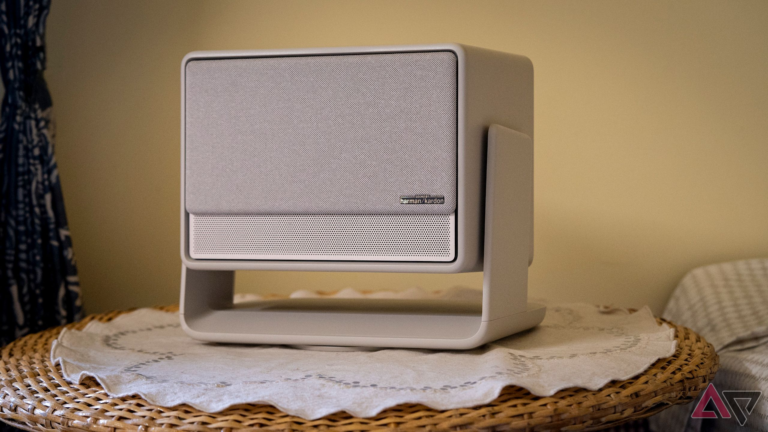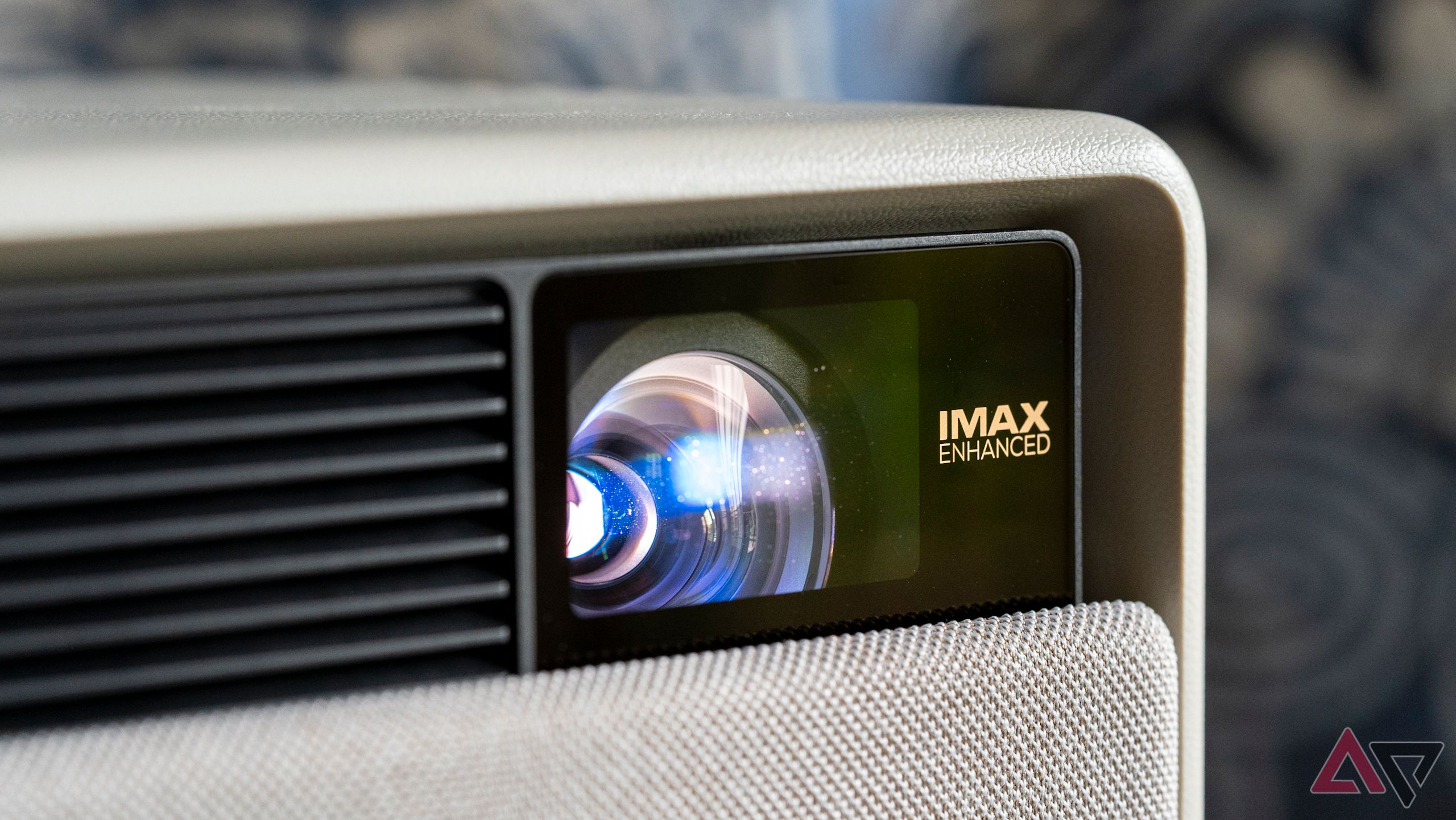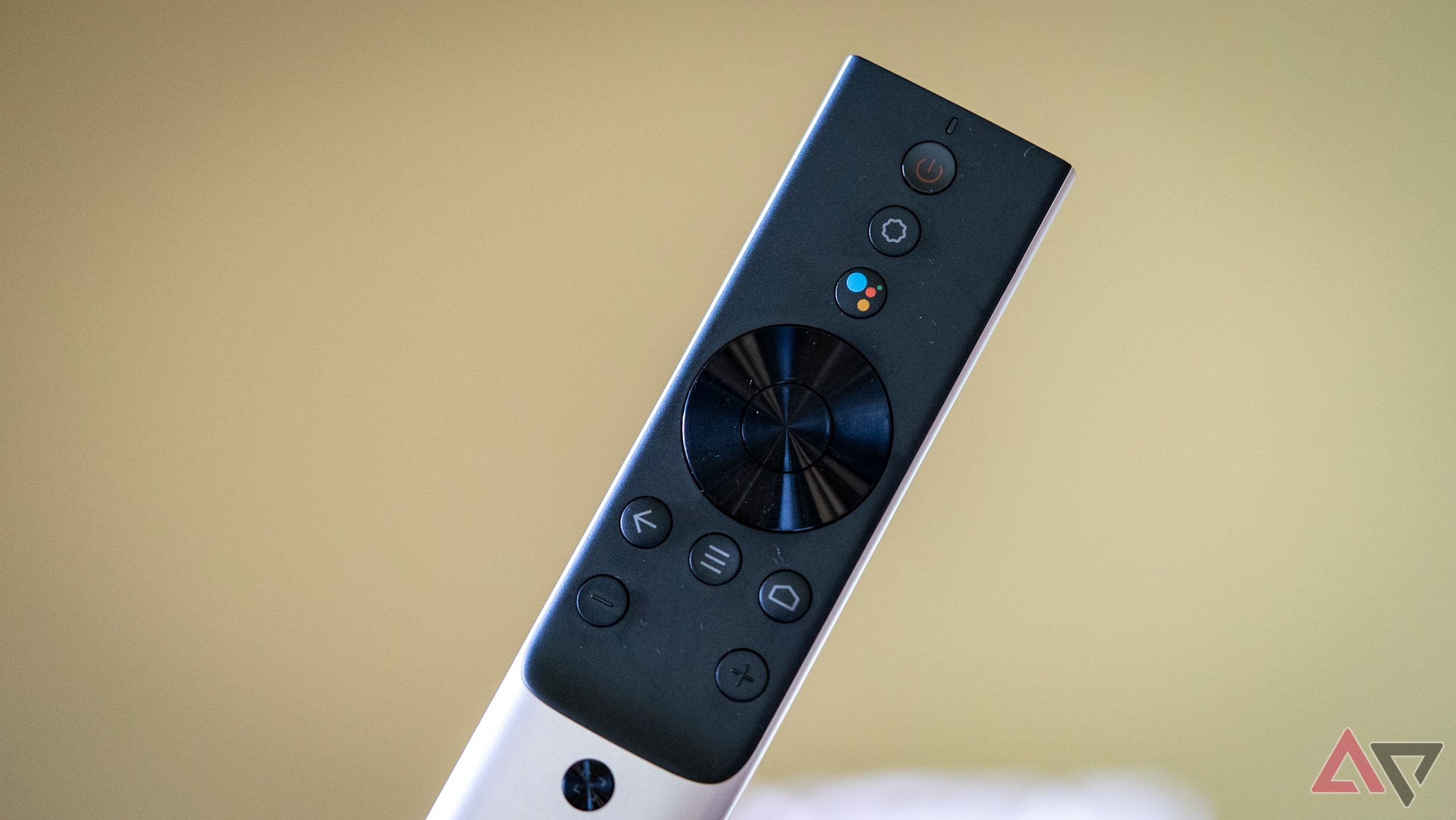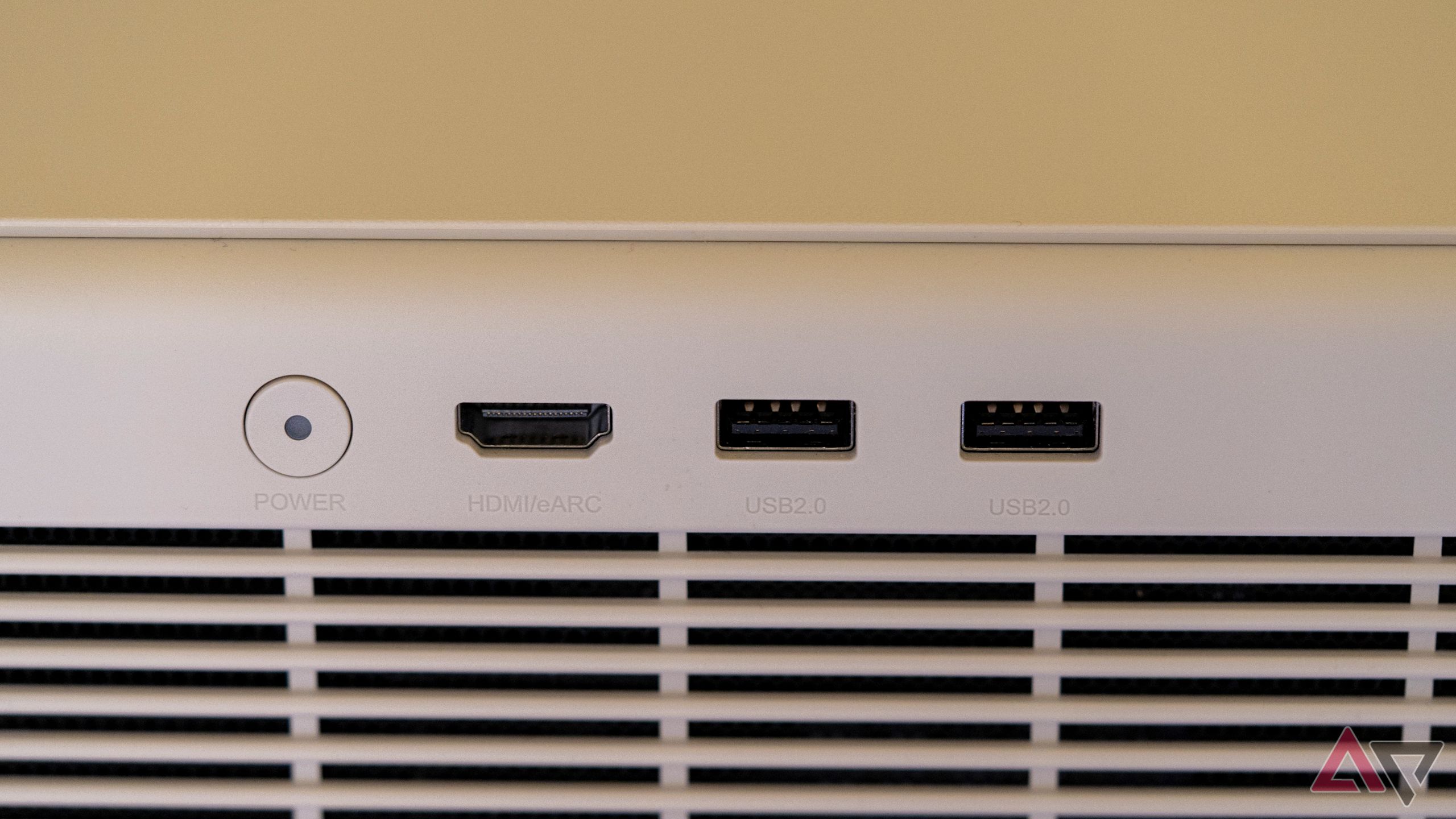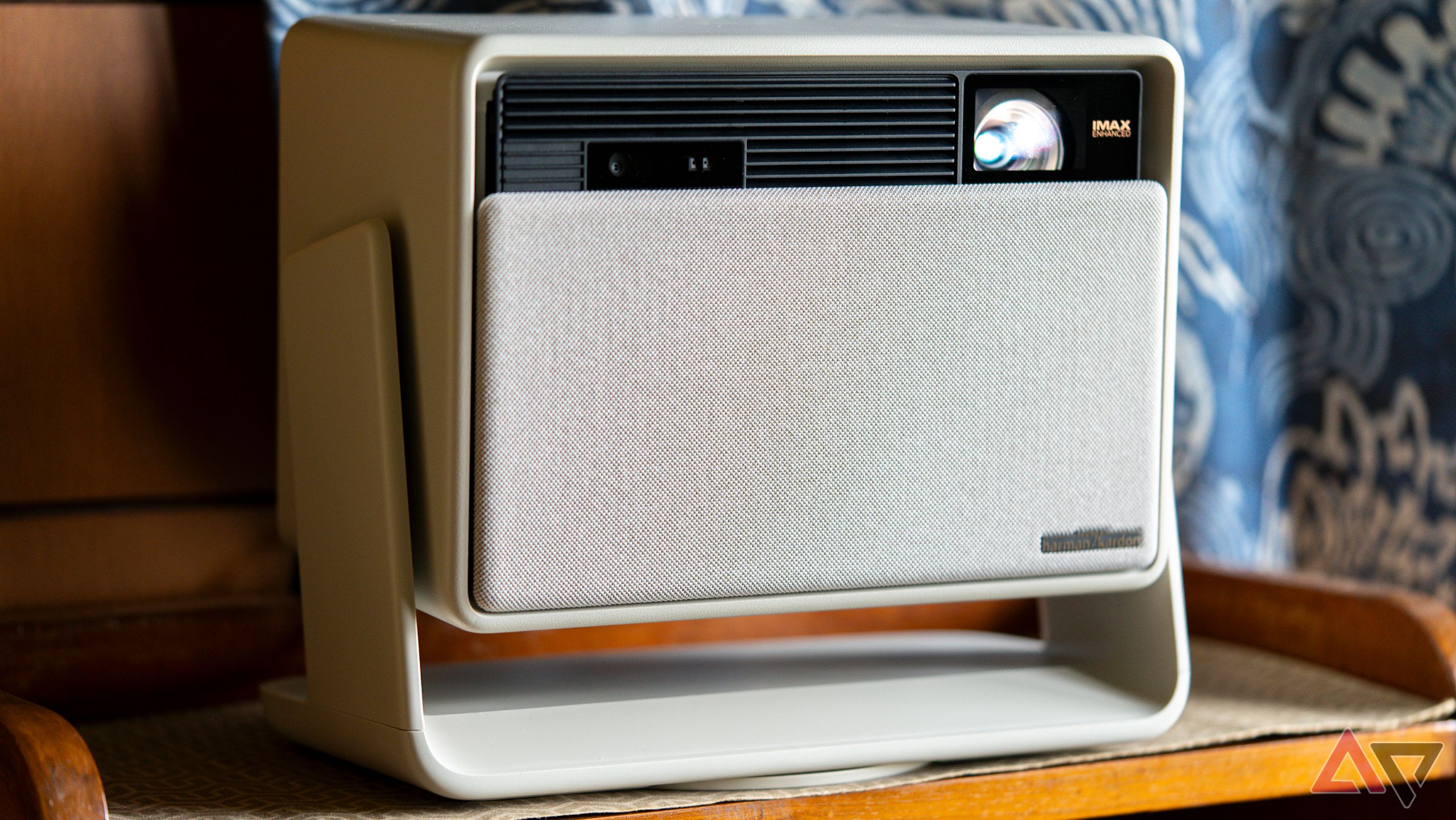Earlier this year, we saw several brands exhibit their latest and greatest tech at IFA in Berlin. Popular brands like JMGO and Xgimi unveiled several new models at the event, and the new Xgimi Horizon S Max is now commercially available. However, spending close to $2,000 on a projector is a big investment for most, so I spent several weeks testing this new projector ahead of its retail debut to determine if you should splurge on it or steer clear.
Selecting a new Android projector usually isn’t easy unless you know exactly what to look for, and even then, sometimes products don’t match what’s advertised on the brochure. Xgimi’s latest Horizon S Max is IMAX Enhanced certified, featuring support for Dolby Vision and Dolby Audio, thanks mostly to the Dual Light 2.0 tech and Harman/Kardon speakers. But I was skeptical about the details emblazoned on the projector and how they would affect my user experience.
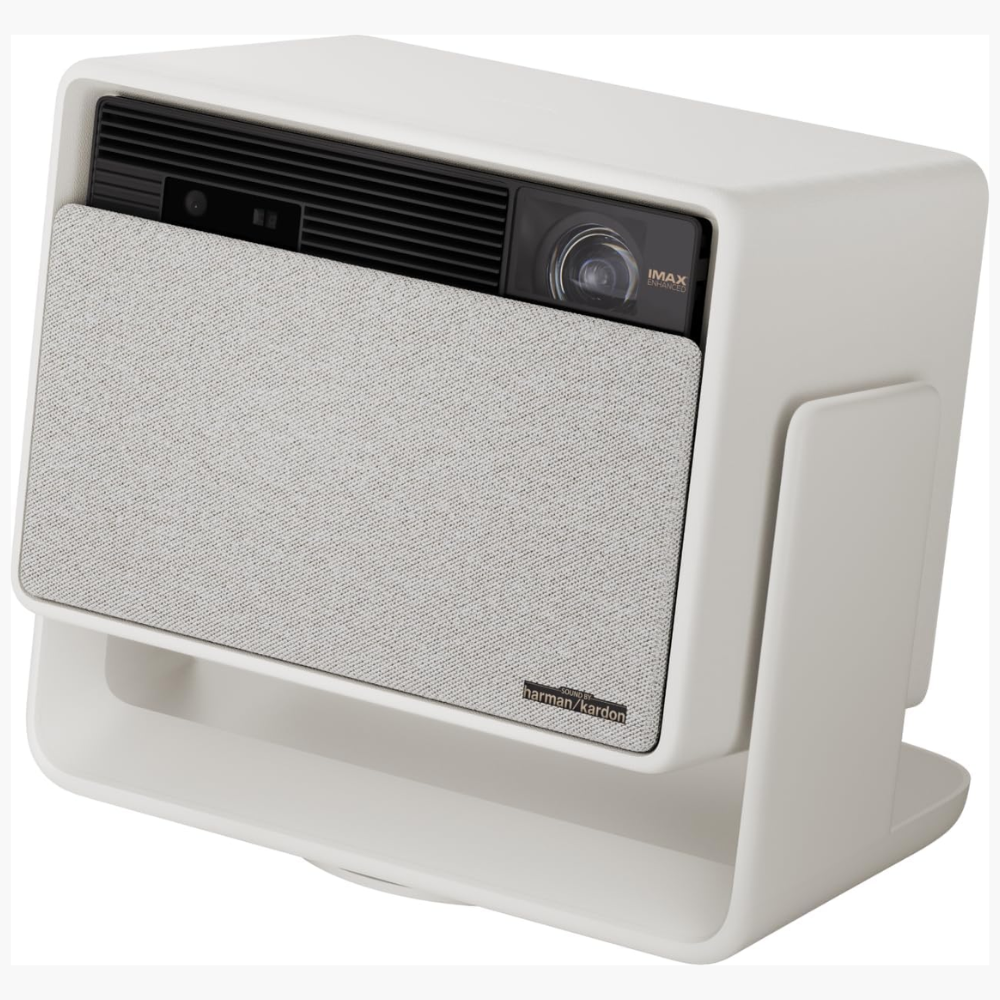

Staff pick
Xgimi Horizon S Max
The new Horizon S Max promises an enthralling viewing experience with a TV-like peak brightness, HDR10 and IMAX Enhanced certification, and a compact size. All this is wrapped in a sleek beige enclosure that projects quality, coupled with Android TV 11 for a reasonable streaming experience.
- Incredible image quality
- TV-like brightness
- Integrated lens protection
- Intuitive and convenient controls
- Colossal power brick
- Still boots Android TV without Netflix
- No controls on the projector
- No dedicated audio output ports
Price, availability, and specs
Fresh off the IFA booth
Xgimi unveiled its latest models at IFA this year, including the portable Elfin Flip, the go-anywhere MoGo 3 Pro we reviewed recently, the Horizon S Pro (that replaces the older LED-powered Horizon Pro I loved last year), and the flagship Horizon S Max (that supersedes the Horizon Ultra). Unlike the portable versions, the new Horizon models have IMAX certification and a 4K native resolution.
The S Max I checked out was listed for sale on October 15 on Amazon for $1,900. You can also buy from Xgimi’s online store for $1,899, and get a bundled TV stick supposedly worth $80. The package includes the projector, its power supply, a remote, its batteries, and related paperwork. Both the new Horizon models have virtually identical features, but the S Pro doesn’t get as bright and hence retails for a slightly lower $1,300 on Amazon.
What’s good about the Xgimi Horizon S Max?
The pinnacle of convenient 4K projector tech is here
From the get-go, Xgimi’s latest flagship feels premium — it is constructed mostly using beige plastic textured to resemble leather, with sufficient ventilation underneath and at the back. This year’s Horizon models also buck the trend with a gimbal-like system for tilt and rotation on the metal base, making setup and adjustment easy for tabletop and ceiling mount operation. You can even point the projector toward your ceiling for recreational viewing.
When not in use, the front fascia’s fabric-lined motorized panel protects the projector’s optics. This panel also converts the eyesore of a projector into a neat living room decoration. The light colors don’t contribute to a cluttered feel in smaller rooms, like most projectors with dark plastic shells.
The remote is finished in a champagne gold color to match the beige Horizon S Max, and I appreciate Xgimi for retaining the button layout from older models, with good use of textured, domed, and scooped buttons, making them easy to identify even in dark rooms. You’ll feel right at home if you’re upgrading from an older Xgimi projector. Overall, the projector feels sturdily built for several years of everyday use.
The setup process also reveals careful attention to detail — the projector boots Android TV 11 and autofocuses every time it is moved. Xgimi’s projector settings also include fully automatic keystone adjustment, obstacle avoidance, automatic screen fitting, keystone/refocus upon motion, and, for the first time on a Xgimi projector, wall color compensation. I found obstacle avoidance switched off by default and the color compensation made the picture way too blue on my pale yellow wall, but there’s room for manual adjustment and a software update could fix this in the future. You can digitally correct the keystone, shift the displayed picture, and zoom in or out to fit your wall/screen perfectly. It’s worth noting that autofocus is notably faster than older Xgimi projectors.
As for image quality, the mention of 3,100 ISO lumens brightness and IMAX certification on the box set lofty expectations. I used the projector for several content types in various ambient lighting conditions, and I must commend Xgimi for delivering stellar brightness with the Horizon S Max. This projector is the closest you’ll get to an LED TV-like image, even with direct sunlight in the room, and that’s not a compliment we hand out to projectors every day. Moreover, contrast and saturation levels don’t suffer in the process.
The picture is vibrant and punchy enough in Standard mode, with adequate black level retention. I’d recommend switching to Movie mode for better details in dark scenes, and the Vivid setting for more color saturation. The Horizon S Max is also A+ certified for low speckle and low color breakup ratios. In real-world usage, this translates into red color fringing that’s barely noticeable and near-zero chromatic aberration. Both parameters stuck out like sore thumbs on rivals like the JMGO N1S Pro we reviewed recently. However, the sharpness falls off a little near the edges of the projection, perhaps due to the compact lens package.
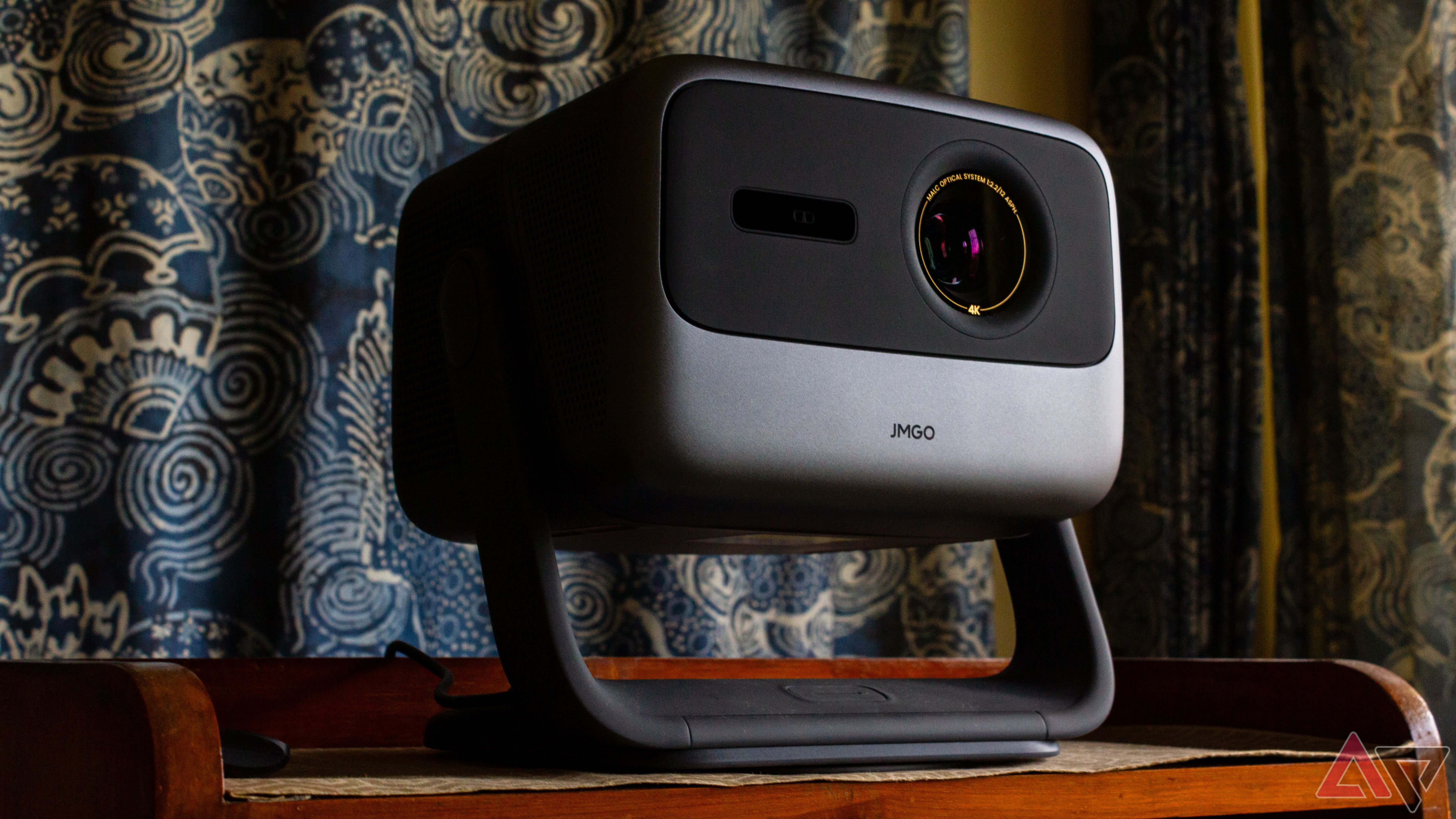
Read our review
Review: JMGO’s latest 4K tri-laser cinema projector fumbles its delivery
One for connoisseurs of cinema, only
With high brightness, strong light shadows are typically characterized by distractingly bright letterboxing in movies. I was concerned this would be the Horizon S Max’s Achilles heel, given its high peak brightness and IMAX 21:9 widescreen mode support. Surprisingly, light shadows aren’t more visible than on the Xgimi Horizon Pro. I suppose Xgimi has achieved this feat using the new Dual Light 2.0 tech on the Horizon S Max. As for sound, the dual speakers sound like a single unit with minimal stereo separation but retain clarity and a fair dynamic range. Distortion creeps in at loud volumes, but you’ll be fine binging YouTube with the integrated speakers. They also drown out the cooling fan’s dull hum.
What’s bad about the Xgimi Horizon S Max?
Nothing the benefits don’t outweigh
Xgimi’s new Horizon S Max leaves no stone unturned, with its impressive build and image quality, but I found a few inconveniences worth mentioning to those considering this projector. Starting where I left off with the sound output, I noticed there are no options for wired connection to external audio devices. That leaves Bluetooth, which can be a challenge to connect with older audio systems. That said, serious quality enthusiasts might not want the projector processing their audio either, and your media source might have audio routing options. Curiously, the projector has two USB ports but just one HDMI for input, so there’s no convenient way to switch between your Blu-ray player and PlayStation in a fixed installation without an external input switcher.
On the design side, the power brick is an absolute unit, about twice as big as a laptop charger, and will need its own receptacle. Secondly, I didn’t find a manual override option if the front fascia mechanism gets jammed and there’s just one button on the entire projector — the power button. So, if the remote batteries die or if you tend to misplace them in the couch, stock up on replacement batteries and a backup remote because a companion app can’t save the day here. I also noticed eye protection features to prevent laser exposure were turned off by default, and that’s a cause for concern. Slight MEMC is also at work, which is an odd choice for a cinema projector with IMAX’s nod, but it’s a quick fix as well.
The biggest omission comes in the absence of Netflix support. You still need to use an external streaming stick or rely on complicated workarounds to get it working. I was hoping Xgimi would overcome this issue because other models launched at IFA with Google TV OS instead of Android TV supporting Netflix. Lest I forget, the S Max doesn’t have the latest Wi-Fi and Bluetooth radios, and it might be an insignificant detail today, but could affect the service life of your purchase.
Should you buy it?
The best image quality in the segment
For most users with deep pockets seeking a convenient projector that delivers the same image quality it brags about on paper, whether to buy the Xgimi is merely rhetorical. I have yet to come across a sub $2,000 cinema projector that ticks as many boxes as this one does, but if you seek more, I’d only point you towards Sony’s uber-expensive cinema projector range, which is nowhere near as easy to set up. The Horizon S Max delivers crisp picture quality and audio and polished firmware. And its fistful of flaws is mostly fixable. You’ll just need to ensure you get a nice 4K streaming stick and Bluetooth-enabled external speakers if needed.
This new projector is at the limit of high performance while maintaining a decent size. So, you are better off getting a new compact projector if you need mobility, but that may mean trading in display resolution for portability. Among conventional projectors, the older LED-lit Horizon Pro offers better value for money, while the S Max’s stablemate, the S Pro, is slightly dimmer and cheaper, but retains almost all the features I loved in my testing.


Staff pick
Xgimi Horizon S Max
Despite a few limitations, which are easily fixed or overlooked, the Xgimi Horizon S Max is a fantastic projector for the money, loaded with convenient features. It delivers strong visual performance and sound, while the automatic focus and keystone upon motion ensure a safe and simple setup and operation. There’s little to dislike, if convenience trumps everything, and Xgimi isn’t even sacrificing performance for it here.

Related
